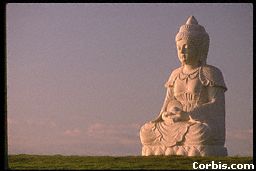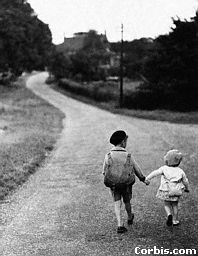 |
 |
 |
 |
 |
 |
 |
 |
 |
 |
 |
 |
 |
 |
 |
 |
 |
|
|
Understanding
The Art of Happiness
There are times where by reading someone’s perspective of the world we are able to understand better our way of thought, our deepest feelings, integrate new ideas and achieve a sense of peace and harmony within. There are several books that can make a significant difference in your life, and I’ve been lucky enough to read some of these books that I consider masterpieces. In this essay, I intend to analyze several aspects that compile the significance and importance of the book “The Art of Happiness”, by His Holiness the Dalai Lama and Dr. Howard Cutler. |
|
|
|
 |
|
|
|
|
|
The way “The Art of Happiness” was written- its purpose, structure, and unity- is somewhat different from other books. The authors of the book are Tibetan religious leader His Holiness the Dalai Lama and psychiatrist Dr. Cutler. The Dalai Lama, a 1989 Nobel Peace Prize winner for his non-violent struggle for the liberation of Tibet, is a man filled with warmth and goodwill who is the spiritual leader of the Tibetan people. Their doctrine is to live by the fundamental teachings of Buddha, the Four Noble Truths. Part of this book’s success is that message is not based on blinded faith or religious beliefs, but rather an understanding of human mind. The narration is a composition of several excerpts of conversations, stories, meditations, and public teachings of the Dalai Lama accounted by Dr. Cutler, integrating both Eastern and Western psyche with an approach of trying to introduce the Eastern way of thought into the Western mentality. Divided into different sections of understanding the purpose of life and managing and interpreting feelings or situations, the books is a set of instructions, or a guide if you will, of how to conduct one’s daily life towards the most important goal- happiness. In the narration, we’re shown how to defeat anxiety, anger and discouragement in order to overcome the difficult task of achieving happiness. |
|
|
 |
|
|
|
|
|
|
The concepts of what happiness is and what it means, as well as how to achieve it, is explored and explained in this book. The Dalai Lama believes that “the very motion of our life is towards happiness, [that] we are all seeking something better in life”; and I agree. He also believes that happiness can be achieved through the training of the mind after spiritually developing basic good human qualities. Buddhist literature mentions the practice of the Six Perfections, by which you’re able to achieve ethical discipline and achieve internal peace, which drives us closer to happiness. Also, Buddhism believes that by avoiding negative actions and internalizing of the Four Noble Truths, you’re able to have a more constructive and peaceful behavior and a happier and positive mental attitude, including the attitude towards other people and to look at them from the human level. According to the Dalai Lama, all these are factors that will contribute to compassion, kindness, acceptance, and karma; therefore leading to a happier way of living. Once the soul is at ease by achieving balance and peace, we’re able to master the art of accomplishing and exploring happiness. |
|
|
 |
|
|
In conclusion, the reason why this book made such an impact in my life was because the way the psychology of the Western mind is examined by Dr. Cutler, and the way the Dalai Lama was able to explain all the different aspects of his beliefs according to his faith, as mentioned before, and integrate them into our society. I must make note that in the book, the fact that some concepts of how to master the art of happiness form part of the Buddhist doctrine do not make them less acceptable messages to those who don’t believe in the Buddhist faith because they are explained from a very objective perspective. The way that the personal experiences of the Dalai Lama have molded his perception of life and what is really essential helps us see into the wise and noble nature of the Dalai Lama. |
|
|
|
|
|
|
He’s a genuine happy person- always with a smile- and he was able to teach me how to become a better person by being a better being to myself and those around me. “The Art of Happiness” is able to cross the boundaries of traditions and make the reader feel that those difficulties that trouble us are common to all human beings. The dynamic of both authors is very genuine and true, and the nature of the Dalai Lama’s beliefs and the way he’s able to communicate them even though they contrast at times is able to open up a whole new world to those of us from a Western culture. My respect and appreciation for Buddhism has grown after reading “The Art of Happiness”, as well as my understanding of the mind and my perception of life around us. |
|


